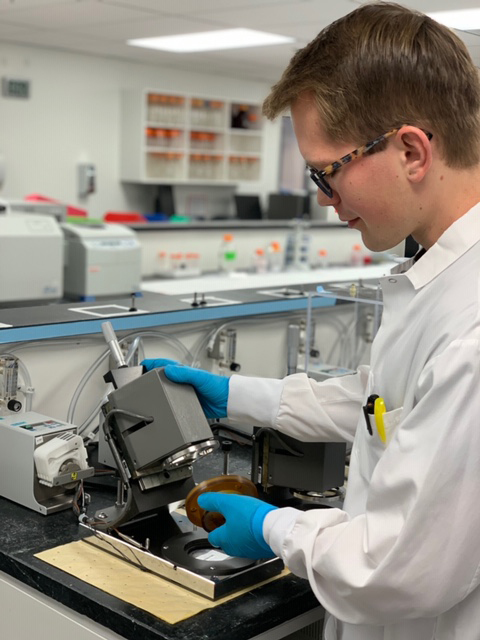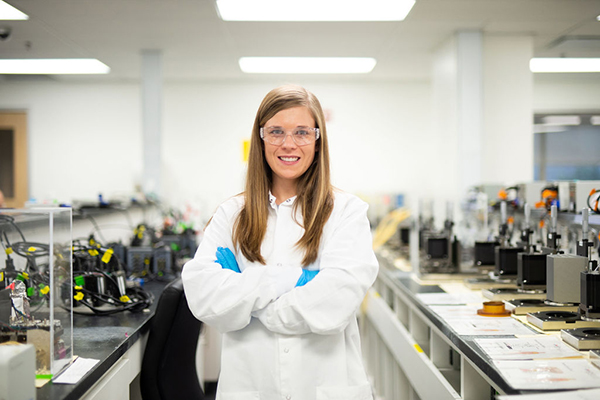 Human cells can tell the difference between a petri dish and a human body. This can make developing treatments in the laboratory very difficult because treatment that works in a lab sample could fail when given to a patient.
Human cells can tell the difference between a petri dish and a human body. This can make developing treatments in the laboratory very difficult because treatment that works in a lab sample could fail when given to a patient.
HemoShear Therapeutics, in Charlottesville, Virginia, solves this problem in the lab through their unique experimental platform REVEAL-Tx™. This platform can mimic the blood flow conditions of a human liver, a tumor, or other human tissues.
“Cells from the patient wake up in that platform, and they think they're back home in the patient’s body,” says HemoShear co-founder Dr. Brian Wamhoff. “We can essentially recreate the patient organ outside of their body to understand their disease better.”
HemoShear has focused on therapies for children with rare metabolic disorders such as nonalcoholic steatohepatitis (NASH), proprionic acidemia (PA), and maple syrup urine disease (MSUD). Using their platform, HemoShear can take a patient’s cells and recreate their disease in the laboratory. This aids in drug development and helps move treatment research forward for HemoShear and its partners, Takeda Pharmaceuticals and Horizon Therapeutics.
“These are horrible diseases,” Wamhoff says. “These children can suffer neurological stroke or sudden cardiac death, and their disorders are very challenging to study, because they are ‘rare.’”
We can essentially recreate the patient organ outside of their body to understand their disease better.
HemoShear has been the recipient of more than ten grants from the NIH Small Business Program since its founding in 2010, totaling more than $10 million.  These include Phase I and Phase II Small Business Innovation Research (SBIR) grants from the National Center for Advancing Translational Sciences, the National Heart, Lung, and Blood Institute, the National Institute of Diabetes and Digestive and Kidney Diseases, and the National Cancer Institute, among others.
These include Phase I and Phase II Small Business Innovation Research (SBIR) grants from the National Center for Advancing Translational Sciences, the National Heart, Lung, and Blood Institute, the National Institute of Diabetes and Digestive and Kidney Diseases, and the National Cancer Institute, among others.
“I can’t say enough how grateful we are to the NIH for their support,” Wamhoff says. “This platform technology is a true, direct translation of taxpayers’ money into potential therapies for children, and it’s all been because of the SBIR program.”







